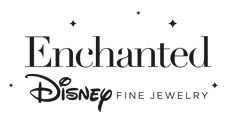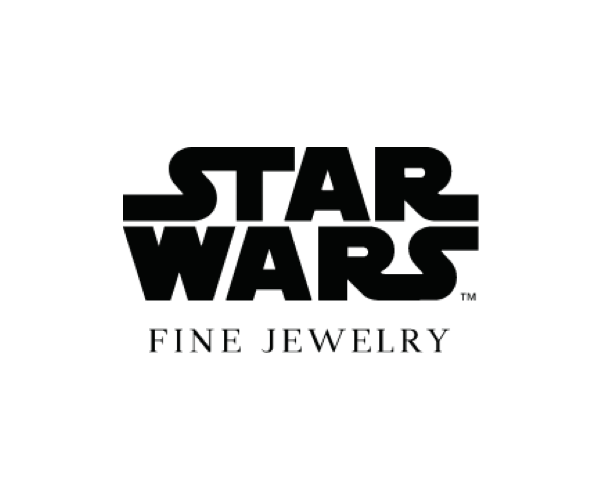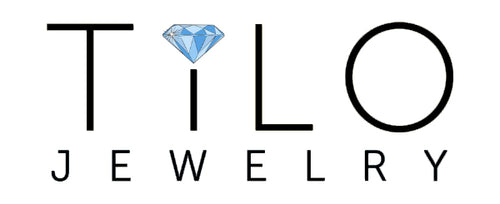Introducing a Business-to-Consumer (B2C) business model into an existing Business-to-Business (B2B) organization can offer several benefits, especially in the jewelry industry. Such extension can support businesses in multiple ways:
- Expand customer base and revenue streams: By moving into the B2C market through online marketplaces and eCommerce platforms, jewelry manufacturers and wholesalers can directly sell to individual consumers, unlocking a massive, constantly growing new customer base beyond just retailers and businesses. This can significantly increase revenue potential.
- Direct customer interaction and feedback: An eCommerce B2C model allows jewelry companies to engage directly with end consumers, gathering valuable insights, feedback, and preferences. This information can be used to test and improve jewelry designs and product lines quickly and helps better understand the B2B clients’ needs.
- Brand awareness and visibility: The jewelry industry is highly competitive, and having a direct online B2C presence can significantly boost brand recognition and loyalty among consumers, giving companies an edge over competitors.
- Opportunity for innovation: Consumer preferences in jewelry are constantly evolving, and a B2C eCommerce model encourages jewelers to innovate with new designs, materials, and customization options.
- Competitive advantage: By offering both B2B and B2C sales channels, including an eCommerce platform, jewelry companies can differentiate themselves from competitors that solely operate in one or the other model, positioning themselves as more versatile and customer-centric.
- Economies of scale: Increased sales volumes from the eCommerce consumer market can help jewelry manufacturers and wholesalers achieve economies of scale, reducing production costs and improving profit margins.
- Adaptability and resilience: The jewelry industry can be affected by economic fluctuations and changing consumer spending patterns. A B2C eCommerce model can provide a buffer against downturns in the B2B market and vice versa, increasing overall resilience.
Importantly, transitioning to a B2C eCommerce model also presents challenges, such as establishing effective online marketing and sales strategies, navigating complex eCommerce logistics and fulfillment, addressing concerns around product authenticity and quality assurance when selling directly to consumers, and potentially cannibalization of existing B2B sales channels. Fortunately, observing jewelry businesses digitizing for the last decade, we see the last as least important. By adopting B2C in the right way (creating independent brands, establishing dedicated product catalogs) , jewelersworldwide utilize B2C presence to support their existing B2B operations.
Implementing a jewelry eCommerce presence and leveraging digital marketing tactics can be crucial for jewelry companies to succeed in the B2C market. With careful planning, resource allocation, and a well-defined strategy to integrate the B2C eCommerce operations with existing B2B channels seamlessly, this is an extremely effective move for taking jewelery businesses to the next level.





























